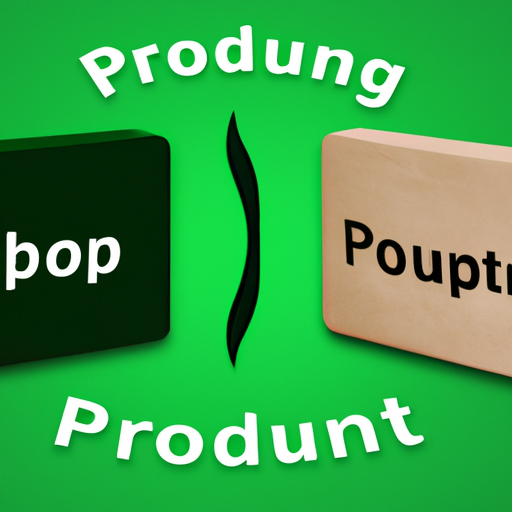Title: Illuminating the World: A Comprehensive Guide to Lighting Sources

1. Incandescent Bulbs (200 words) Incandescent bulbs have been a staple in lighting for over a century. These bulbs work by passing an electric current through a filament, which then emits light. Incandescent bulbs are known for their warm, yellowish glow and are commonly used in residential settings. However, due to their low energy efficiency and short lifespan, they are gradually being phased out in favor of more sustainable alternatives.
2. Compact Fluorescent Lamps (CFLs) (200 words) CFLs are energy-efficient lighting sources that have gained popularity in recent years. These bulbs use a combination of gas and mercury vapor to produce ultraviolet light, which is then converted into visible light by a phosphor coating inside the bulb. CFLs offer significant energy savings compared to incandescent bulbs and have a longer lifespan. They are commonly used in homes, offices, and commercial spaces.
3. Light Emitting Diodes (LEDs) (300 words) LEDs have revolutionized the lighting industry with their exceptional energy efficiency, long lifespan, and versatility. These solid-state lighting sources work by passing an electric current through a semiconductor material, which emits light. LEDs are available in various colors and can be dimmed, making them suitable for a wide range of applications. They are commonly used in residential, commercial, and outdoor lighting, as well as in automotive and electronic devices.
4. Halogen Lamps (200 words) Halogen lamps are a type of incandescent bulb that uses halogen gas to increase their efficiency and lifespan. These bulbs produce a bright, white light and are commonly used in task lighting, such as desk lamps and spotlights. Halogen lamps are known for their excellent color rendering capabilities, making them popular in retail and display lighting.
5. High-Intensity Discharge (HID) Lamps (200 words) HID lamps are powerful lighting sources that produce light by passing an electric current through a gas or vapor. These lamps are commonly used in outdoor lighting, stadiums, and large commercial spaces. HID lamps include metal halide, high-pressure sodium, and mercury vapor lamps, each offering different color temperatures and light output.
6. Fluorescent Tubes (200 words) Fluorescent tubes are long, tubular lighting sources that use a combination of gas and mercury vapor to produce ultraviolet light. This light is then converted into visible light by a phosphor coating on the inside of the tube. Fluorescent tubes are commonly used in commercial and industrial settings, providing bright, even illumination over large areas.
Conclusion (100 words) From the traditional incandescent bulbs to the modern LED lights, the lighting industry has evolved significantly, offering a wide range of lighting sources to suit various needs and preferences. Understanding the different types of lighting sources available will help you make informed decisions when it comes to illuminating your spaces. Whether you prioritize energy efficiency, lifespan, or color rendering capabilities, there is a lighting source out there to meet your requirements. Embrace the power of light and create the perfect ambiance in your home, office, or outdoor spaces.
Title: Illuminating the World: A Comprehensive Guide to Lighting Sources

1. Incandescent Bulbs (200 words) Incandescent bulbs have been a staple in lighting for over a century. These bulbs work by passing an electric current through a filament, which then emits light. Incandescent bulbs are known for their warm, yellowish glow and are commonly used in residential settings. However, due to their low energy efficiency and short lifespan, they are gradually being phased out in favor of more sustainable alternatives.
2. Compact Fluorescent Lamps (CFLs) (200 words) CFLs are energy-efficient lighting sources that have gained popularity in recent years. These bulbs use a combination of gas and mercury vapor to produce ultraviolet light, which is then converted into visible light by a phosphor coating inside the bulb. CFLs offer significant energy savings compared to incandescent bulbs and have a longer lifespan. They are commonly used in homes, offices, and commercial spaces.
3. Light Emitting Diodes (LEDs) (300 words) LEDs have revolutionized the lighting industry with their exceptional energy efficiency, long lifespan, and versatility. These solid-state lighting sources work by passing an electric current through a semiconductor material, which emits light. LEDs are available in various colors and can be dimmed, making them suitable for a wide range of applications. They are commonly used in residential, commercial, and outdoor lighting, as well as in automotive and electronic devices.
4. Halogen Lamps (200 words) Halogen lamps are a type of incandescent bulb that uses halogen gas to increase their efficiency and lifespan. These bulbs produce a bright, white light and are commonly used in task lighting, such as desk lamps and spotlights. Halogen lamps are known for their excellent color rendering capabilities, making them popular in retail and display lighting.
5. High-Intensity Discharge (HID) Lamps (200 words) HID lamps are powerful lighting sources that produce light by passing an electric current through a gas or vapor. These lamps are commonly used in outdoor lighting, stadiums, and large commercial spaces. HID lamps include metal halide, high-pressure sodium, and mercury vapor lamps, each offering different color temperatures and light output.
6. Fluorescent Tubes (200 words) Fluorescent tubes are long, tubular lighting sources that use a combination of gas and mercury vapor to produce ultraviolet light. This light is then converted into visible light by a phosphor coating on the inside of the tube. Fluorescent tubes are commonly used in commercial and industrial settings, providing bright, even illumination over large areas.
Conclusion (100 words) From the traditional incandescent bulbs to the modern LED lights, the lighting industry has evolved significantly, offering a wide range of lighting sources to suit various needs and preferences. Understanding the different types of lighting sources available will help you make informed decisions when it comes to illuminating your spaces. Whether you prioritize energy efficiency, lifespan, or color rendering capabilities, there is a lighting source out there to meet your requirements. Embrace the power of light and create the perfect ambiance in your home, office, or outdoor spaces.